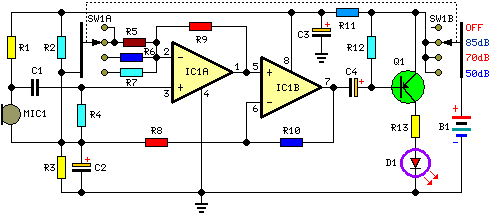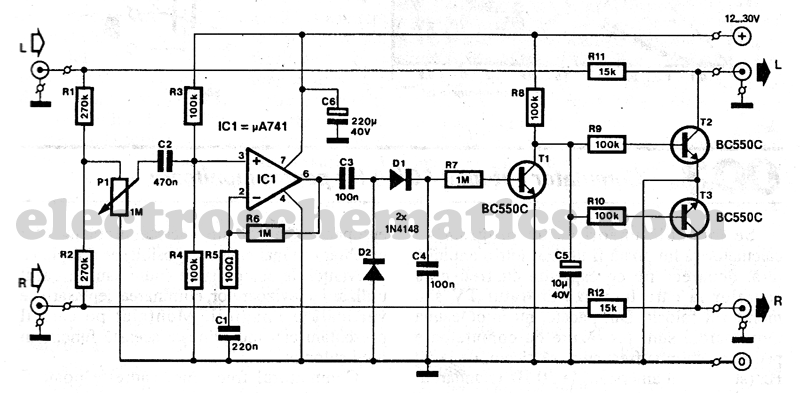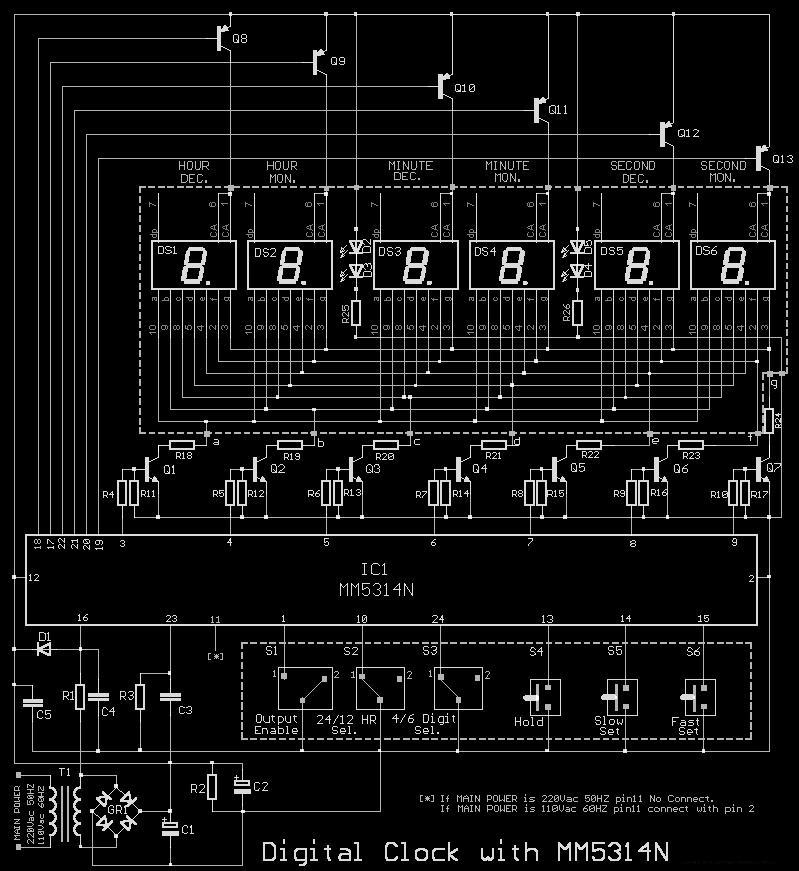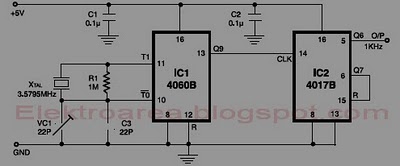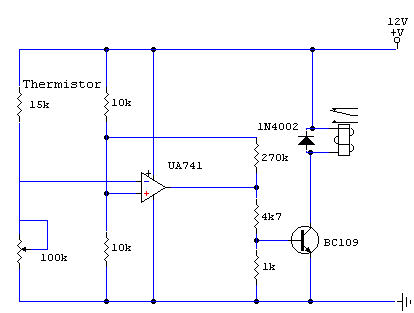
Hi-Fi Preamplifier Circuit Project
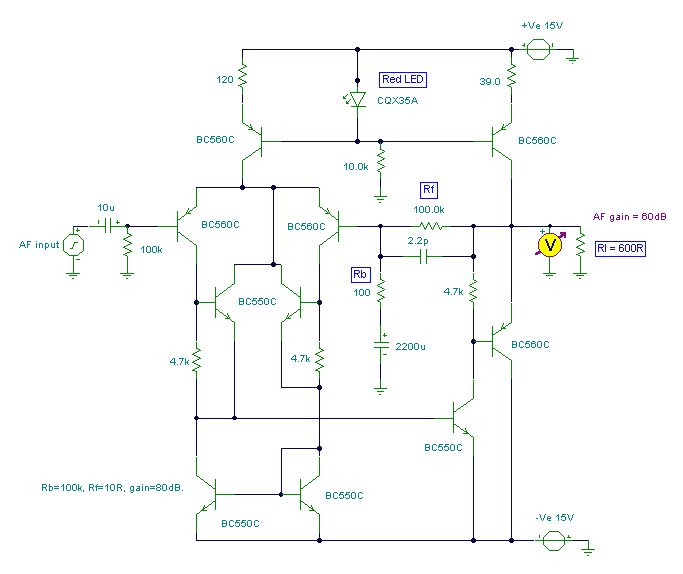
This circuit exhibits an exceptionally fast high-frequency response, as demonstrated by applying a 100 kHz square wave to the input. All graphs were produced using Tina Pro.
The circuit's design is optimized for high-frequency applications, showcasing rapid response times that are crucial in various electronic systems. The application of a 100 kHz square wave serves as a benchmark for evaluating the circuit's performance, allowing for the analysis of its transient response characteristics.
In this setup, the circuit likely includes components such as operational amplifiers, transistors, or specialized high-speed ICs that are capable of handling the rapid changes in voltage associated with a square wave input. The frequency response can be assessed through the output waveforms, which should ideally reflect minimal distortion and a swift transition between high and low states.
The use of Tina Pro for graph generation indicates a reliance on simulation tools to validate the circuit's performance before physical implementation. Tina Pro enables the visualization of waveforms, allowing for the examination of parameters such as rise time, fall time, and overshoot, which are critical for ensuring that the circuit meets the required specifications for high-speed operation.
In summary, the circuit's ability to maintain a fast response to a 100 kHz square wave input is indicative of its suitability for high-frequency applications, and the simulation results serve as a valuable resource for further refinement and testing.This circuit has an exceptionally fast high frequency response, as demonstrated by applying an 100kHz square wave to the input. All graphs were produced using Tina Pro. 🔗 External reference
The circuit's design is optimized for high-frequency applications, showcasing rapid response times that are crucial in various electronic systems. The application of a 100 kHz square wave serves as a benchmark for evaluating the circuit's performance, allowing for the analysis of its transient response characteristics.
In this setup, the circuit likely includes components such as operational amplifiers, transistors, or specialized high-speed ICs that are capable of handling the rapid changes in voltage associated with a square wave input. The frequency response can be assessed through the output waveforms, which should ideally reflect minimal distortion and a swift transition between high and low states.
The use of Tina Pro for graph generation indicates a reliance on simulation tools to validate the circuit's performance before physical implementation. Tina Pro enables the visualization of waveforms, allowing for the examination of parameters such as rise time, fall time, and overshoot, which are critical for ensuring that the circuit meets the required specifications for high-speed operation.
In summary, the circuit's ability to maintain a fast response to a 100 kHz square wave input is indicative of its suitability for high-frequency applications, and the simulation results serve as a valuable resource for further refinement and testing.This circuit has an exceptionally fast high frequency response, as demonstrated by applying an 100kHz square wave to the input. All graphs were produced using Tina Pro. 🔗 External reference
